Iomega StorCenter px6-300d review
Iomega's StorCenter px6-300d is the company's first desktop NAS appliance to use an Atom processor and support RAID 6. It claims to provide every network storage facility an SMB could need and in this review Dave Mitchell finds out if its performance is as compelling as its features.
The StorCenter px6-300d is comparatively good value and has an impressive range of network storage features. Backup tools are particularly good, Iomega’s Personal Cloud provides easily configured, secure remote access and the appliance returned some respectable speeds in our performance tests.

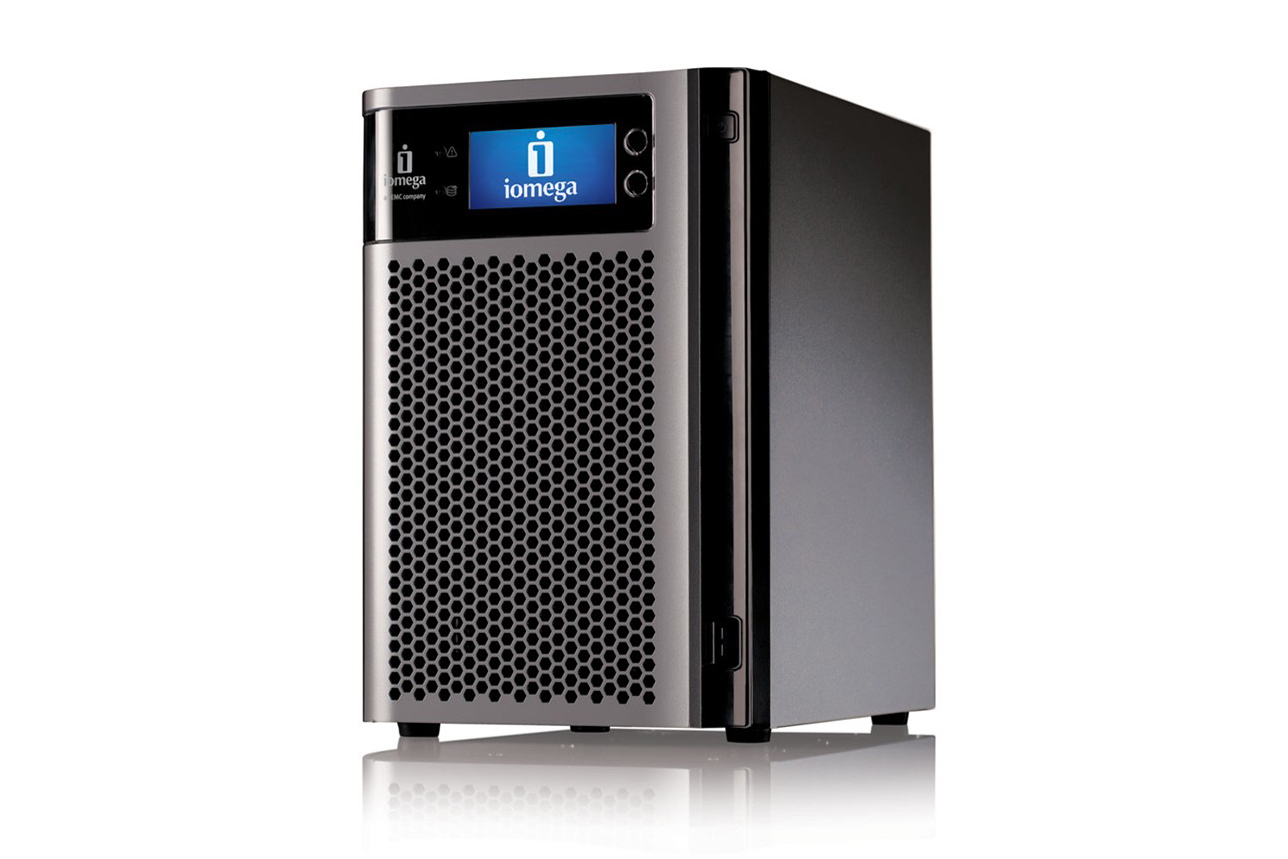
The Iomega StorCenter px6-300d
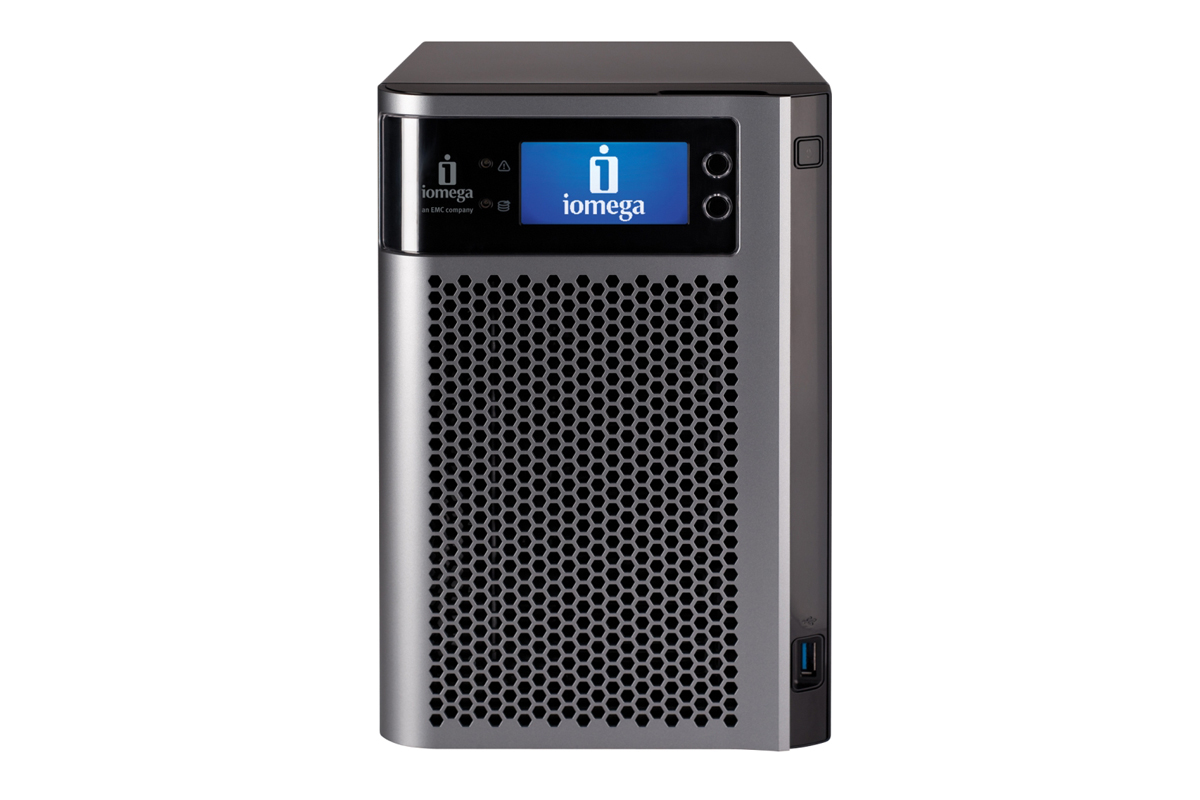
The Iomega StorCenter px6-300d
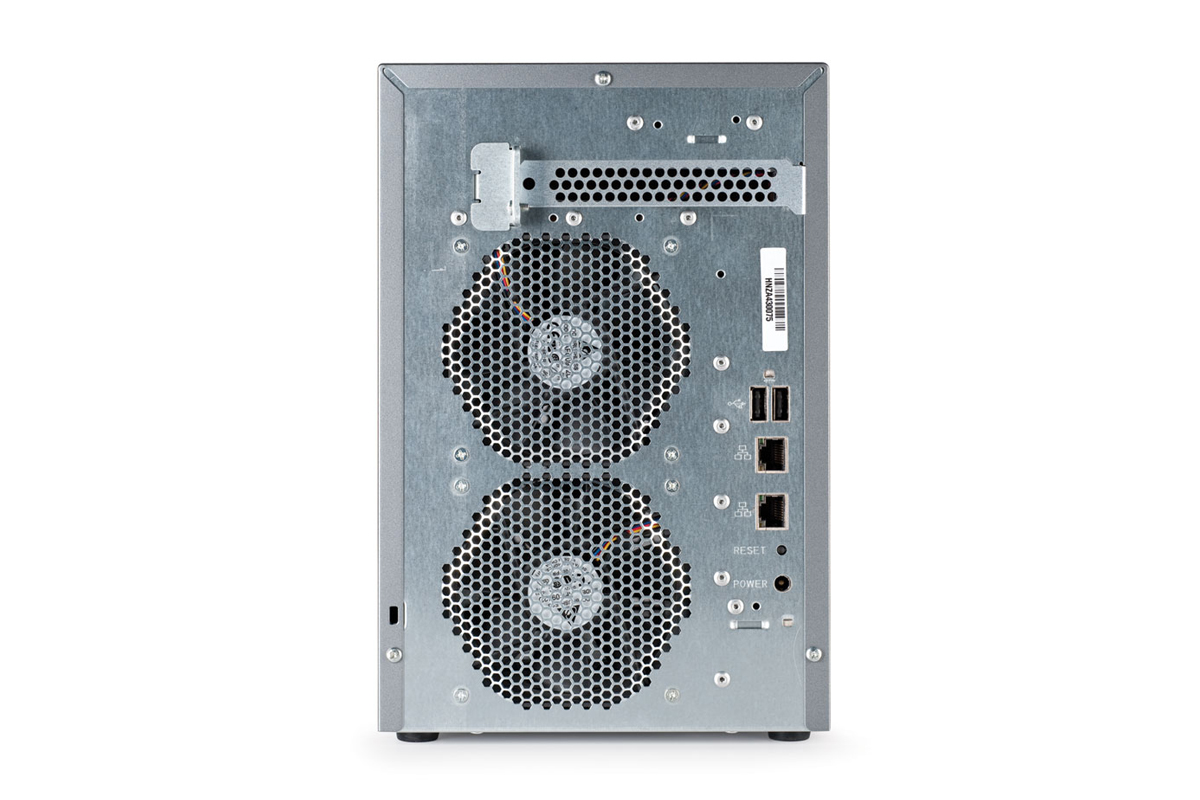
The rear of the Iomega StorCenter px6-300d.
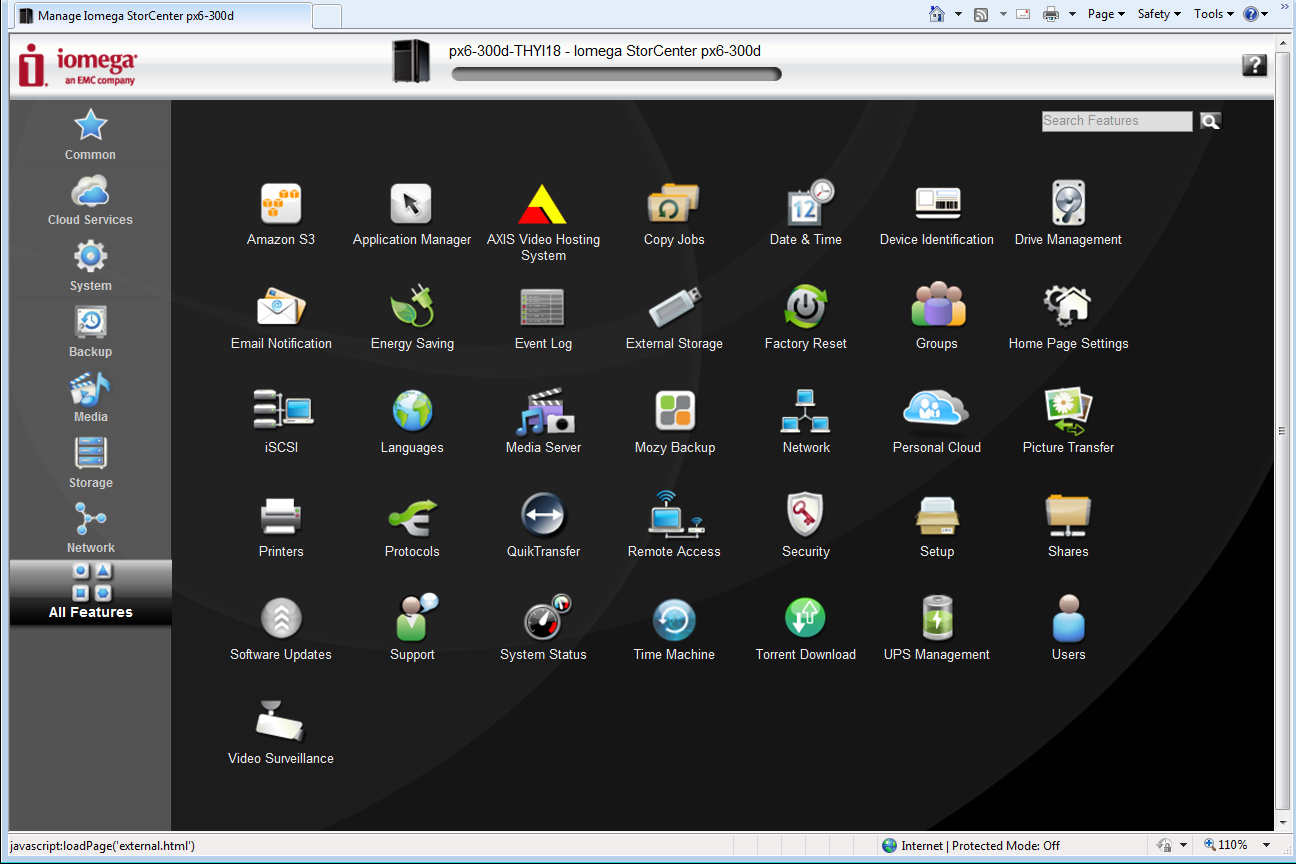
The well-designed web interface shows the new px6-300d certainly isn’t short on features.
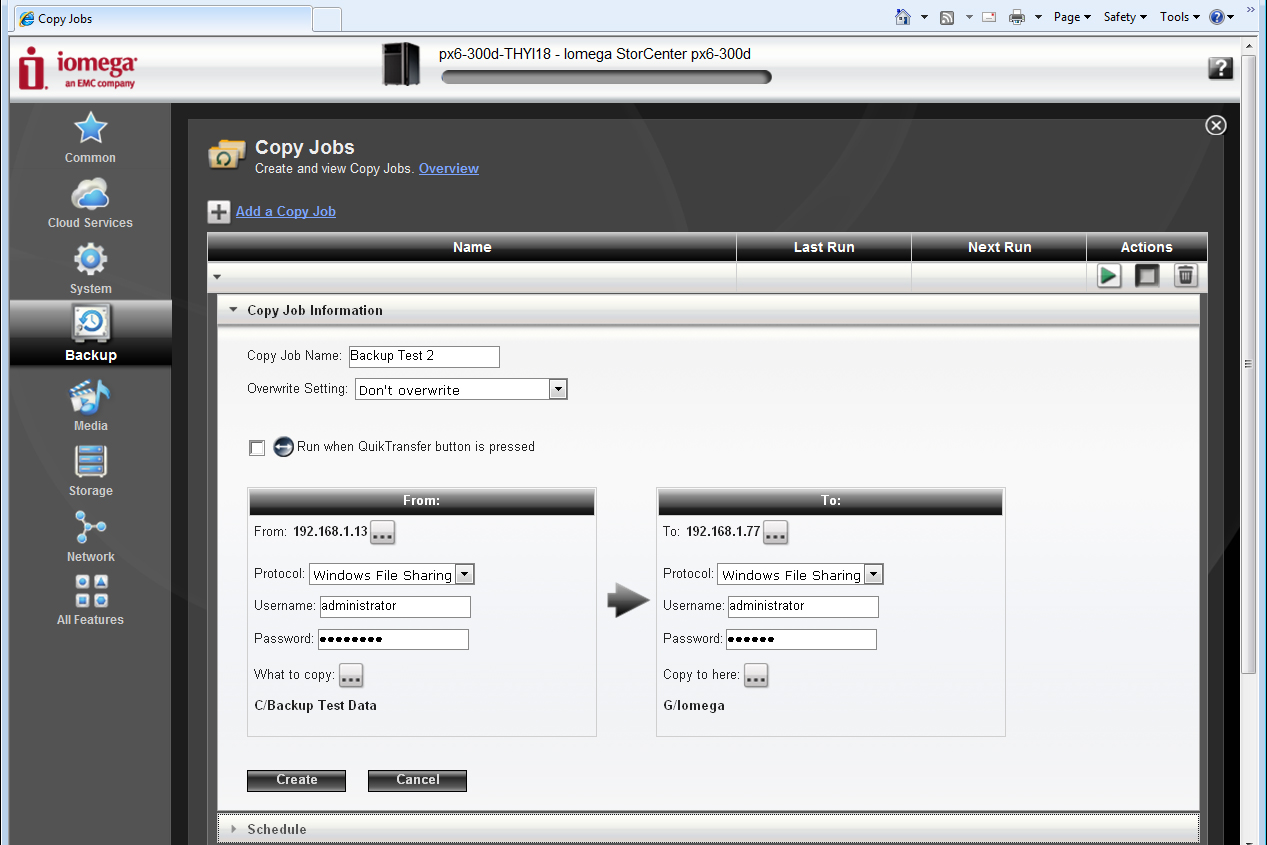
The Copy Job tool can manage backups between any network system as well as the appliance. Jobs can also be linked to the Quik
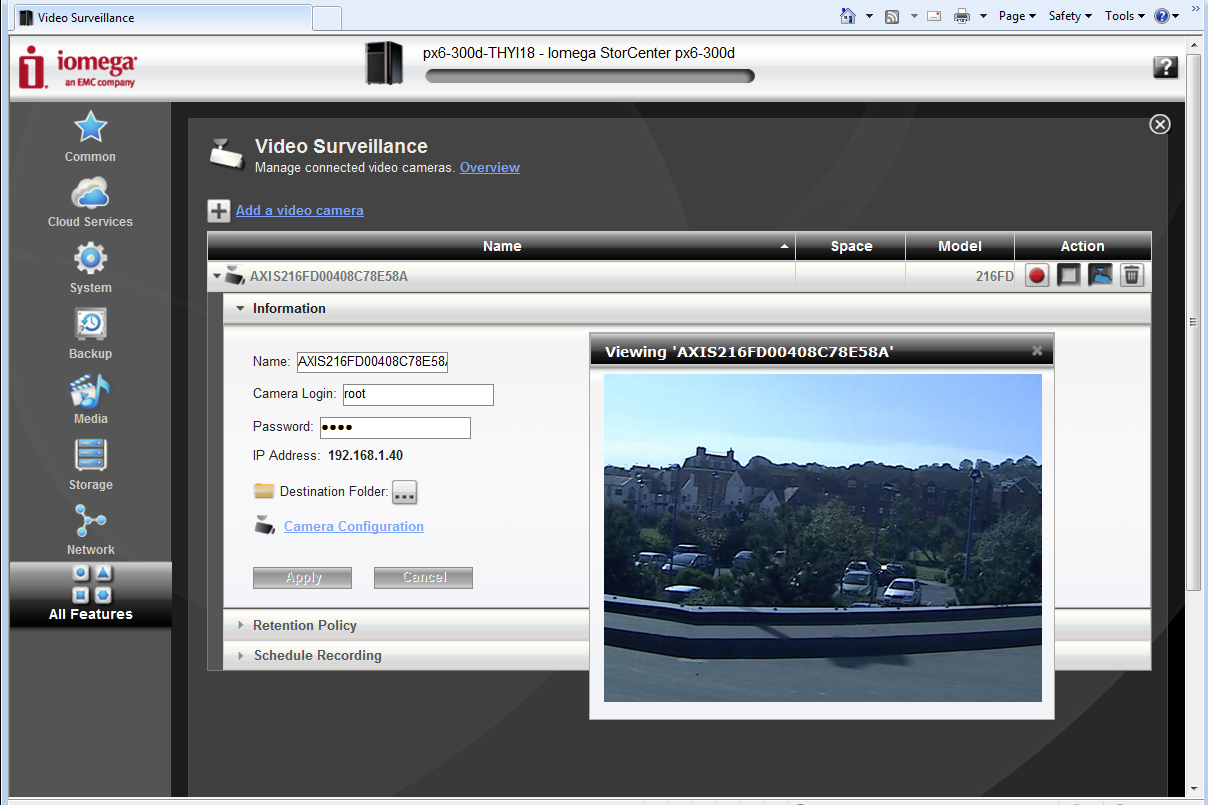
The standard video surveillance feature provides live views of IP cameras as well as scheduled recordings.
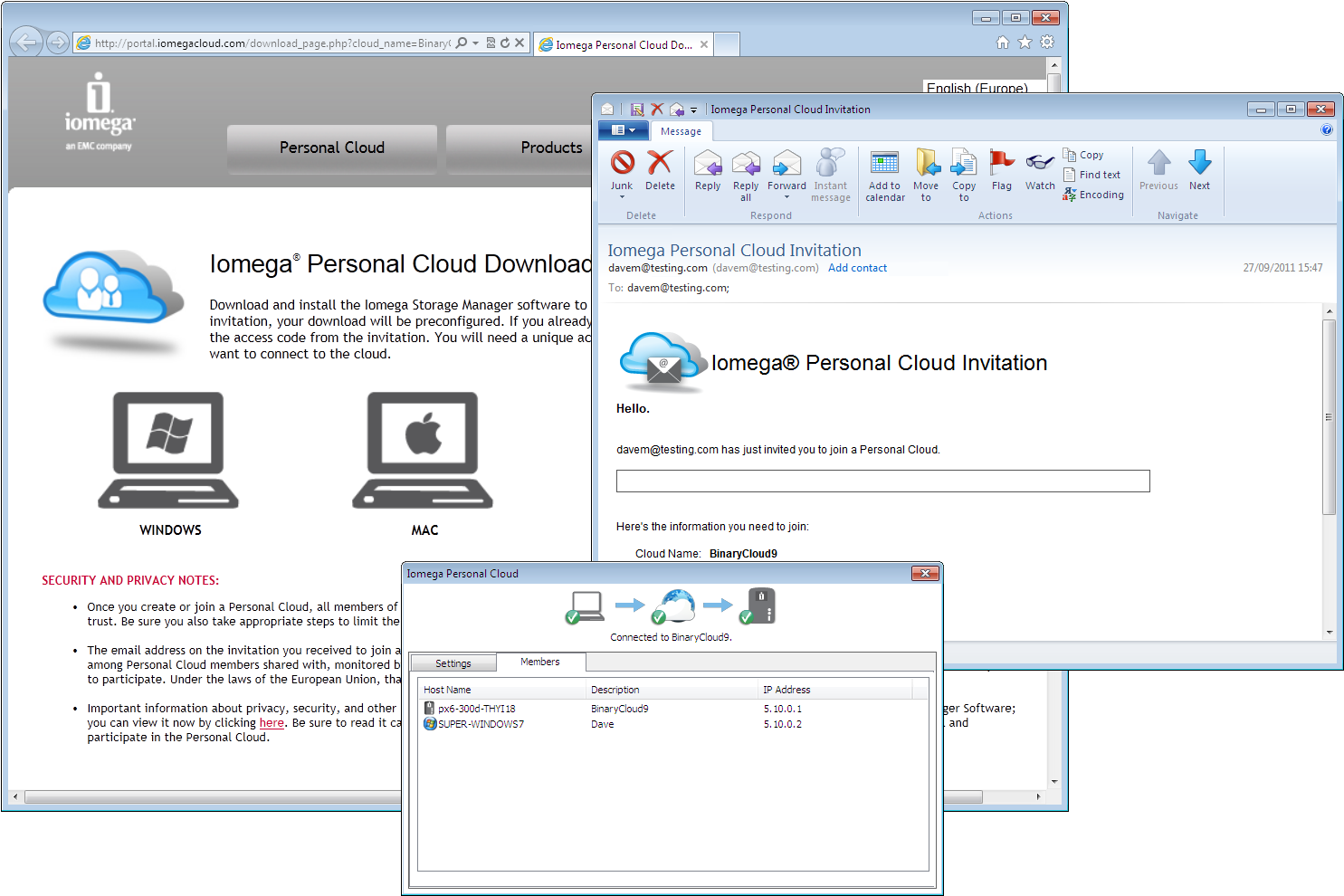
Iomega’s Personal Cloud requires a port forwarding rule added to your router, but it is easy to use giving secure remote acce
Since EMC became the driving force behind Iomega we're seeing a lot more momentum with its StorCenter NAS appliances. The px6-300d is its new flagship desktop system and along with support for six hard disks, there are a wealth of features aimed at small businesses, including enhanced backup facilities and cloud storage for remote users.
Along with a dual-core 1.8GHz Atom processor, it comes with a healthy 2GB of DDR2 memory and includes a fast USB3 port at front. The main chassis is solidly built with the exception of the front door which feels rather flimsy and, along with the hot-swap drive carriers, can't be locked.

The main chassis is solidly built with the exception of the front door which feels rather flimsy and, along with the hot-swap drive carriers, can't be locked.
Two large fans provide all cooling and are quiet enough, although we're not keen on the external power supply as it looks too easy to accidentally pull out its small connector plug. The bold, backlit LCD panel is easy to read and provides plenty of status information.
Two buttons alongside can be used to access basic configuration menus and to copy files off storage devices inserted in the front USB3 port. Called QuikTransfer, this appears on the display as soon as a device is plugged in. If you run it, the entire contents of the device are copied directly to a predefined folder on the appliance.
We tested this with a Super Talent Express Drive Duo USB3 stick and QuikTransfer copied a 2.52GB video file to the appliance at an average of 46MB/s. We ran the same test with a USB2 stick and saw this take over twice as long with an average speed of only 21.5MB/s.
Iomega supplied us with the 12TB model which comes as standard with six 2TB Hitachi Deskstar SATA3 hard disks. Although the appliance only has SATA2 interfaces, we suspect your network infratstructure is more likely to be the bottleneck in any file transfer performance problems than the speed of the hard disk interface.
Get the ITPro daily newsletter
Sign up today and you will receive a free copy of our Future Focus 2025 report - the leading guidance on AI, cybersecurity and other IT challenges as per 700+ senior executives
Dave is an IT consultant and freelance journalist specialising in hands-on reviews of computer networking products covering all market sectors from small businesses to enterprises. Founder of Binary Testing Ltd – the UK’s premier independent network testing laboratory - Dave has over 45 years of experience in the IT industry.
Dave has produced many thousands of in-depth business networking product reviews from his lab which have been reproduced globally. Writing for ITPro and its sister title, PC Pro, he covers all areas of business IT infrastructure, including servers, storage, network security, data protection, cloud, infrastructure and services.
-
 Google faces 'first of its kind' class action for search ads overcharging in UK
Google faces 'first of its kind' class action for search ads overcharging in UKNews Google faces a "first of its kind" £5 billion lawsuit in the UK over accusations it has a monopoly in digital advertising that allows it to overcharge customers.
By Nicole Kobie Published
-
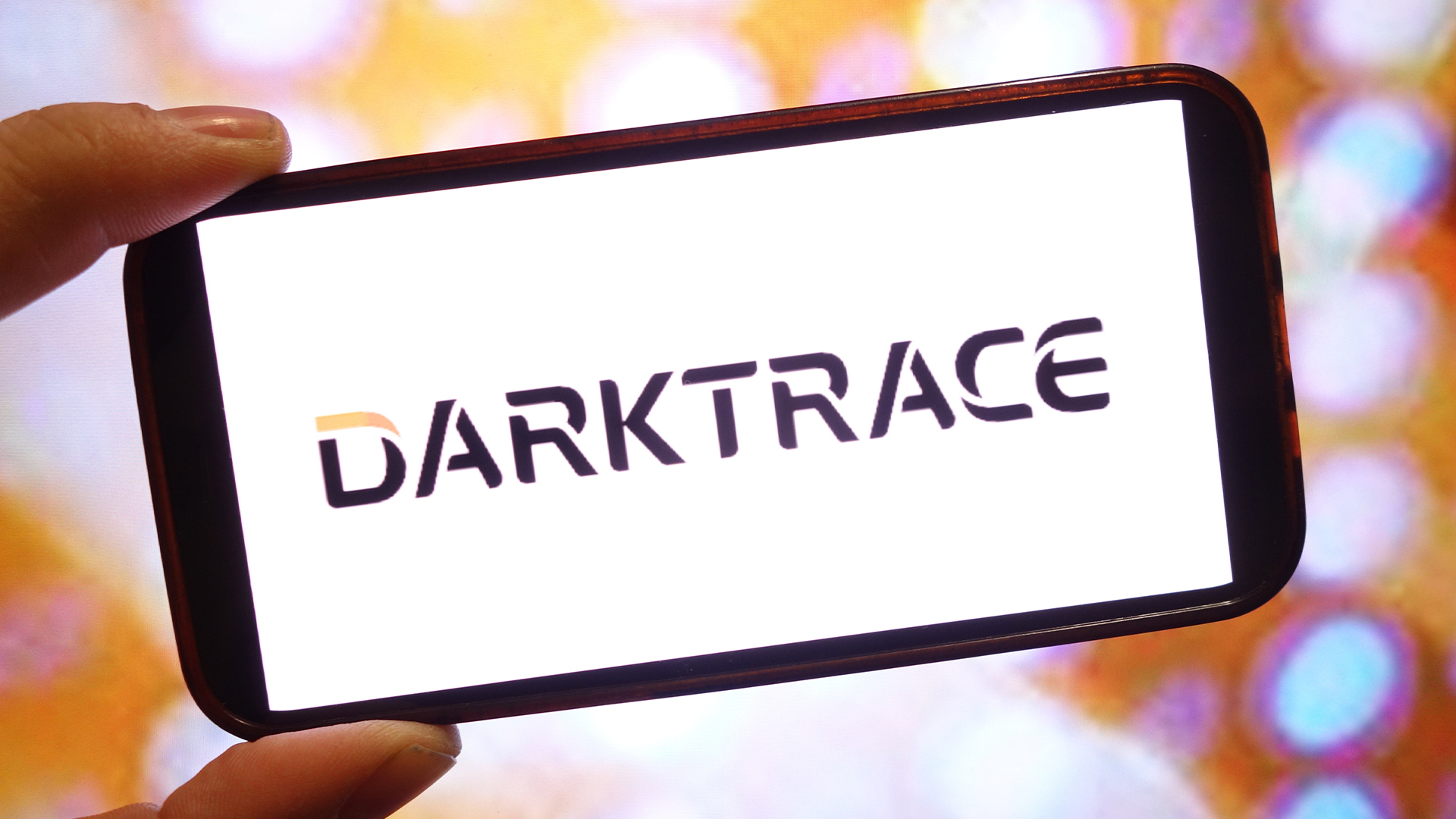 Darktrace unveils tailored AI models with a twist for its cybersecurity agent
Darktrace unveils tailored AI models with a twist for its cybersecurity agentNews Darktrace has announced new AI models for its agentic AI security tool, but it's taken a novel approach to tackle hallucinations.
By Rory Bathgate Published
-
 This tech company wants to pay staff to look after their mental and physical wellbeing
This tech company wants to pay staff to look after their mental and physical wellbeingNews Hot on the heels of its four-day week trial, tech company Thrive is offering staff new incentives to take care of their mental and physical wellbeing.
By Ross Kelly Published